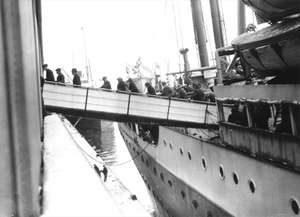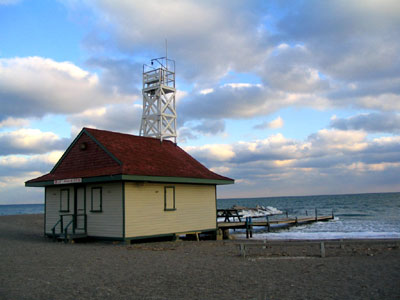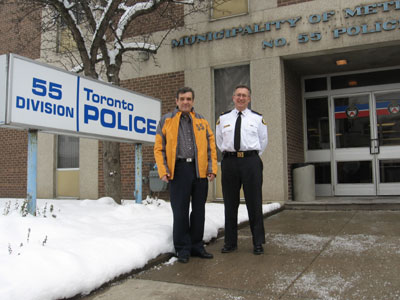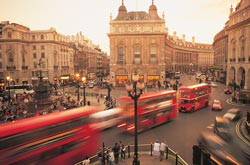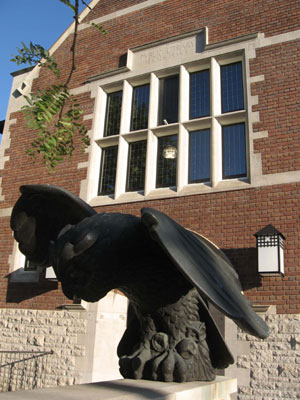I am fascinated by human stories and by intercultural connections. The immigrant experience combines both these elements. On the continuum of intercultural experiences from tourist to traveller to long-term visitor / expatriate to becoming a permanent resident in a new country, the immigrant experience involves the most extreme and intense form of cultural interchange, and often confrontation. As an immigrant myself, I have experienced first-hand the effects of culture shock and it took me about 4 years to really settle emotionally in my new home country of Canada.
Along these lines, here is an interview with Maria McGowan, Communications Manager for Pier 21, Canada’s immigration museum, a national historic site in Halifax, Nova Scotia.

Arrival in Canada
1. Pier 21 is Canada’s immigration museum. Please tell us more about Pier 21, its location and facilities and what it is today.
From the twenties to the seventies, Pier 21 was Canada’s ‘front door’ to over a million immigrants, wartime evacuees, refugees, troops, war brides and their children. This enriched our social and cultural landscape and uplifted the very soul of a nation forever.
Pier 21, a National Historic Site, has been transformed into a testament to Canada’s profoundly emotional immigration experience. The sheer impact of the interactive displays, virtual projections and abundance of fascinating images is simply overwhelming.
Part of Canada’s past and what continues to shape our future began at Pier 21. You will find photographs and the names of passengers and ships. Also, you will see actual passports, immigration papers and even ships’ menus from this time.
This year-round facility is much more than a visitor attraction. It is a unique and authentic glimpse into our history that you and your family will never forget.
2. Please tell us more about the Exhibition Hall, the centerpiece of Pier 21.
The Rudolph Peter Bratty Exhibition Hall is the centerpiece of Pier 21. Designed to represent the different stages of immigration, the exhibit invites visitors to trace the same path that immigrants followed as they journeyed to a new country. This highly interactive exhibit recreates the immigration experience with the use of innovative displays, evocative soundscapes and interactive technology.
– Leaving Home The decision to leave home was often filled with great uncertainty. Through photographs, interpretive panels and personal artifacts, visitors see how immigration was influenced by world events.

On the ship
– The Voyage Until the 1960’s, almost all immigrants arrived by ship. Find out what it was like to travel across the Atlantic to a new world. The Secunda Wall of Ships showcases the photographs of the top 100 ships to call on Pier 21.
– Immigration Hall Upon arrival of Pier 21, passengers would disembark and proceed to the examination hall. This area has been recreated with wooden benches, wire cages and an immigration officer who may ask to see your papers.
– Customs Trunks were inspected in the baggage room. A model of the original Pier 21 immigration complex shows the location of the baggage room, detention area, dormitories and train station.
– The Annex Volunteers played a special role welcoming newcomers. The Red Cross volunteers ran a nursery for families. Representatives from different religious denominations were on hand to greet new arrivals. This area pays tribute to those who helped immigrants in so many ways.
– Face of Immigration Listening stations tell the stories of the home children, British evacuee children, the military, volunteers, staff, refugees and immigrants from three different time periods in the history of Pier 21.
– World War II Deck Between 1939 and 1947, the Department of National Defense took over Pier 21. 494,000 Canadian troops departed from Pier 21 to serve overseas. It is here where these troops bravely boarded ships for WWII.

Canadian WWII soldiers
